Kickstarter, the popular crowd funding website, refitted a historic Brooklyn pencil factory to serve as its headquarters a couple of years ago. In it, a small but inspired arts crew is bringing a patronage system with roots in the Renaissance up to date. The Kickstarter concept is straightforward: Anyone can post a creative project on the site and ask for backers. Those who pledge support receive “rewards,” which vary depending on the amount given. If a project’s funding target is met, it goes forward. If not, nobody is charged.
Led by four visionary women under 30, the year-old arts team has already helped artists such as Olafur Eliasson, Ai Weiwei, and institutions including Martha Graham Dance Company and the Smithsonian connect with new audiences that want to participate in work they support—rather than merely fund it. All four women collaborate with each other. Hyatt Mannix, former press and social media manager for the New Museum, is the arts media relations specialist. Victoria Rogers heads up the art and photography categories (and sits on the board of nonprofit public arts organization Creative Time). Jes Nelson leads the dance, performance and theater categories, while Willa Köerner spearheads curated content, communications and engagement. Nelson and Köerner are both active artists outside of their day jobs at Kickstarter, a common phenomenon at the company where “engineers have studios on the side to paint and there are lots of musicians,” says Rogers. “The majority of us here are artists or appreciators.”
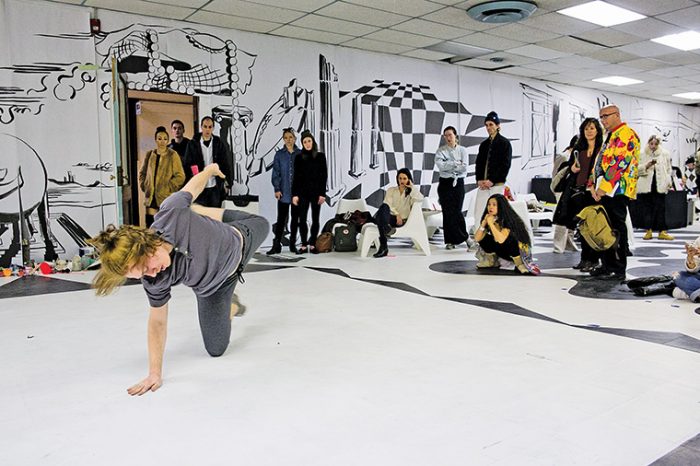 An immersive performance piece presented by Kickstarter and Current Sessions during March’s Spring/Break art fair in New York.
An immersive performance piece presented by Kickstarter and Current Sessions during March’s Spring/Break art fair in New York.
What makes something a great Kickstarter project?
Jes Nelson: Something that is sharable is great. Kickstarter is a place to make, share, discover and support creative work. Willa Köerner: Originality, enthusiasm and inventiveness help. We’ve seen Kickstarter projects with these qualities enter the permanent collection at the Museum of Modern Art in New York, get nominated for Oscars and Grammys, and contribute to the culture in super meaningful ways.
Do creators approach you or are you out in the world looking for artists and projects you think would succeed on Kickstarter?
Victoria Rogers: I am a two-way conduit in a way, helping people create their projects and making sure they’re really awesome, then being an advocate at Kickstarter and making sure our site remains super friendly to artists and institutions. We’re really not gatekeepers; we are more like shepherds. Jes and I look after our categories and make sure we have a real diversity of projects, both geographically and in terms of who is running them.
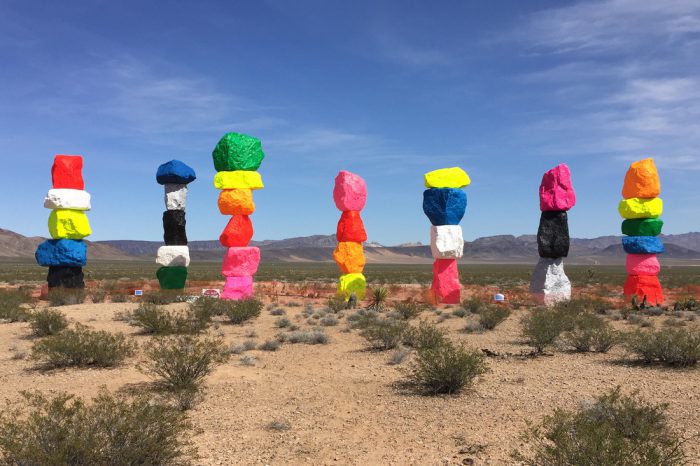 Ugo Rondinone’s Seven Magic Mountains, 2016.
Ugo Rondinone’s Seven Magic Mountains, 2016.
Museums and institutions have been fundraising forever. What’s the appeal of Kickstarter?
VR: It’s an opportunity for an institution to find not just funding but also people to support a project and come along on its journey of actually getting made. There’s a real opportunity for a museum or institution to touch people beyond the walls that they have.
Which category has the highest success rate? Which has the highest percentage of fully funded projects?
JN: Dance. We have a 63 percent success rate. It’s a small but very supported, supportive community.
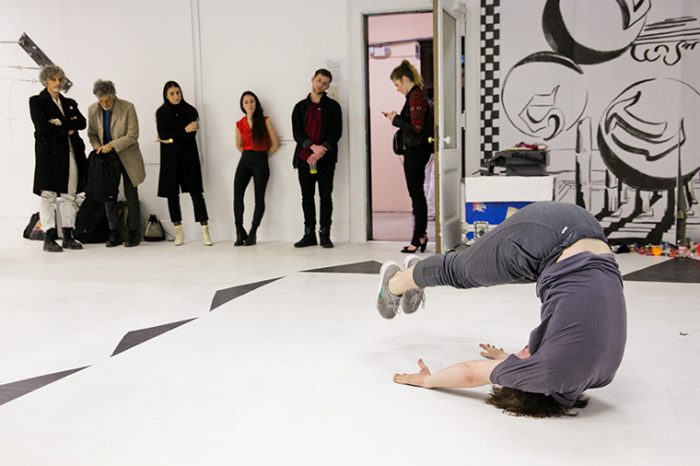 An immersive performance piece presented by Kickstarter and Current Sessions during March’s Spring/Break art fair in New York.
An immersive performance piece presented by Kickstarter and Current Sessions during March’s Spring/Break art fair in New York.
What are some of the more surprising projects or proposals you’ve had?
VR: We are the space for the new and innovative, so we often have artists doing something outside of their typical practice.
Hyatt Mannix: Olafur Eliasson is a good example of that.
VR: Yes! His work is often about light, so he came to Kickstarter to launch a solar-powered charger that would enable people—often off the grid—to charge their phones through sunlight.
HM: Another example is Alec Soth, the Minneapolis-based photographer. He launched a project to outfit an old RV into a mobile learning environment for teenagers. The goal is to bring in local artists and teachers and help teens experience the world through photography and art.
 Engineer Frederik Ottesen, and artist Olafur Eliasson, with their solar-charging device, Little Sun.
Engineer Frederik Ottesen, and artist Olafur Eliasson, with their solar-charging device, Little Sun.
What are some recent innovative projects on Kickstarter?
VR: Tania Bruguera’s project, Institute of Artivism, launched in March. William Kentridge has a project in collaboration with Tevereterno, Triumphs and Laments, which will include murals and a puppet performance along the Tiber River in Rome. We also have a proposal from the Chinati Foundation for their Robert Irwin Project.
HM: Tania is using rewards in an interesting way. One of them is that you can blame her for something you’ve done complete with documentation.
 Tania Bruguera at the Hannah Arendt International Institute of Artivism.
Tania Bruguera at the Hannah Arendt International Institute of Artivism.
Do you have any particular goals for your categories?
JN: I’m looking forward to hosting more IRL [in real life] experiences for creators, maybe inviting them to come in for cocktails and choreography. I want to give them opportunities to meet other artists and collaborate. I would love to see a project that is completely constructed via backers, so you pledge $1 and get to insert a move; then if you pledge $5 you get five moves. There are so many possibilities that haven’t been tapped, and that’s exciting.
VR: For me, it’s establishing us as a place to discover and create art that should be shared with the public and be socially engaged.
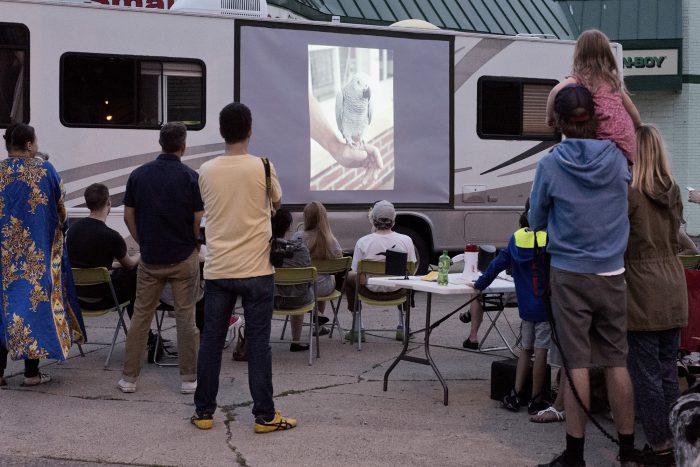 A photo from phtoographer Alec Soth’s Kickstarter-backed project, Winnebago Workshop.
A photo from phtoographer Alec Soth’s Kickstarter-backed project, Winnebago Workshop.
Is there anyone in your dreams to tap as a potential Kickstarter partner?
HM: You should see the list—we have maybe 400 people on it!
VR: Vik Muniz has been on my mind as someone who could do something awesome. I would love to see Kara Walker work with us for her next public project, or Amanda Williams, an artist in Chicago I think is really rad.
How is Kickstarter in dialogue with the traditional model of patronage?
VR: For me it’s about options. People often ask if it’s okay if part of a project is funded through a grant or foundation and then part of it will be at Kickstarter, and that is totally fine. It’s also exciting to think about a world in which funding for the arts is democratized in a sense—that what is being created is the result of a conversation with a broader group who might not traditionally have had the power and potential to be patrons. The ways in which Kickstarter can be used are still changing. I think there’s a lot of dimensionality there and we’re encouraging people to just explore.

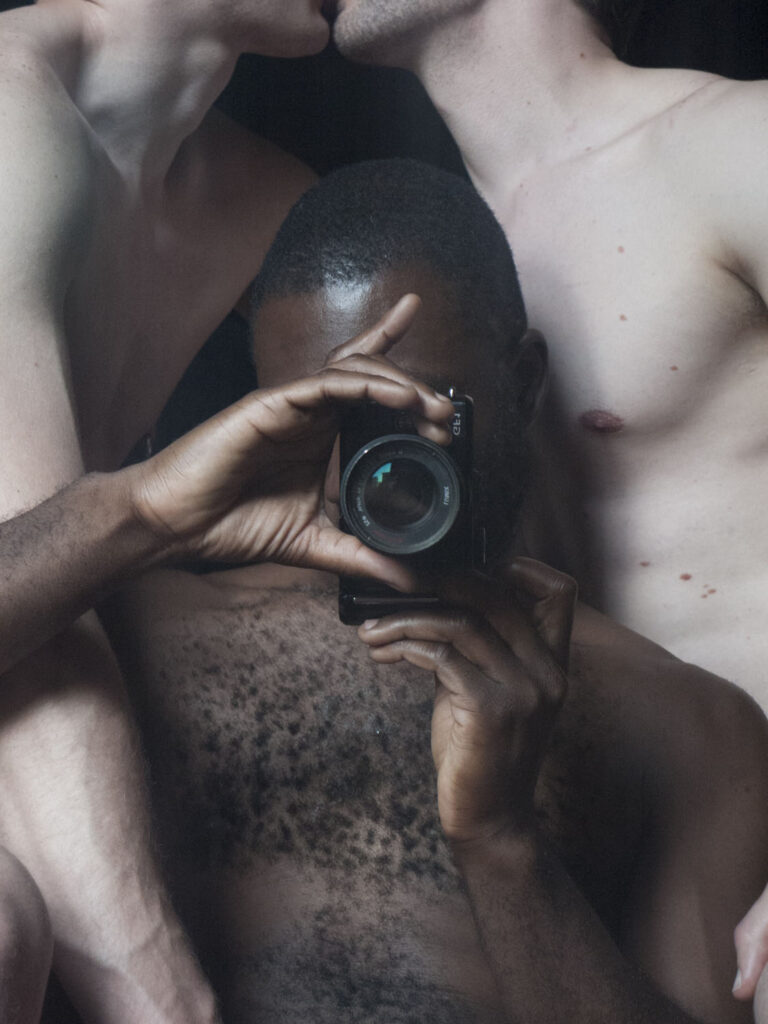
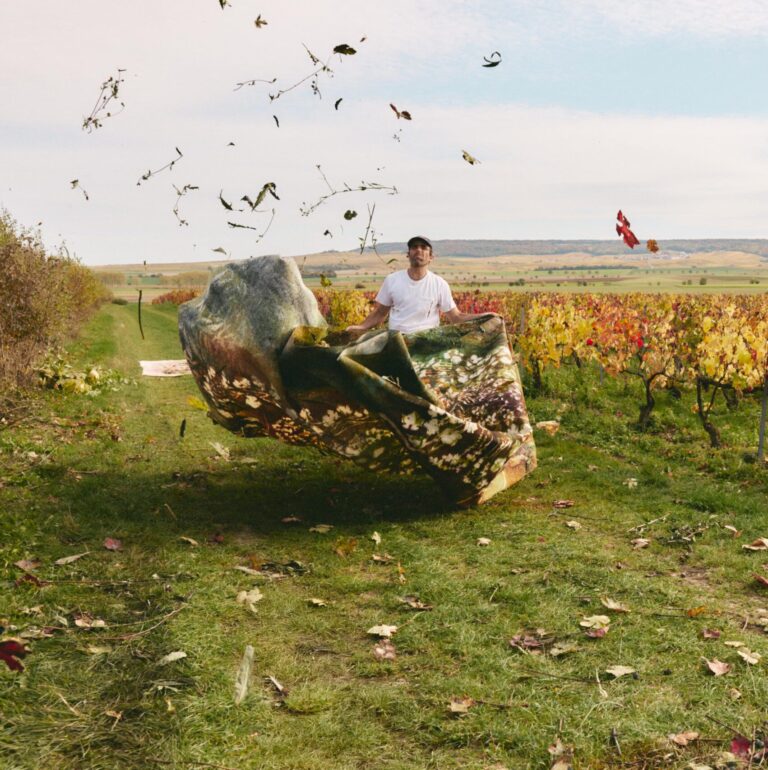


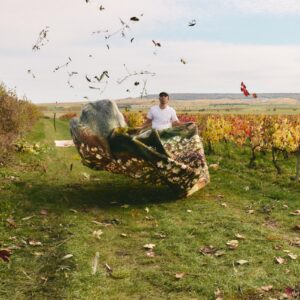




 in your life?
in your life?

